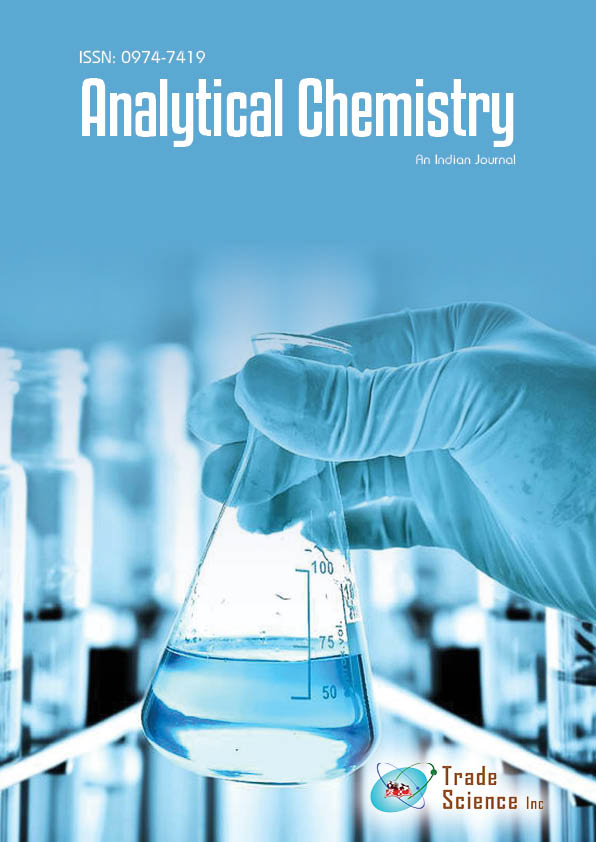抽象的
Valence electron concentration can be adjusted to increase plasticity in high-entropy refractory ceramics.
Martin Slovene
A possible method for creating materials with a rare combination of high hardness and fracture-resistance at high temperatures is bottom-up design of high-entropy ceramics. This work provides a straightforward yet fundamental design criterion for choosing elemental compositions that may result in rocksaltstructure (B1) high-entropy ceramics with improved plasticity: valence electron concentration (VEC) '9.5 e-/formula unit to populate bonding metallic states at the Fermi level (reduced brittleness). Here, single-phase B1 (HfTaTiWZr) C and (MoNbTaVW) C are synthesised and tested as representative systems due to their unique VEC values. According to statistical analysis of nanoindentation arrays at different loads and depths, (HfTaTiWZr)C (VEC = 8.6 e- /f.u.) is hard but brittle, whereas (MoNbTaVW)C (VEC = 9.4 e- /f.u.) is hard and significantly more fracture-resistant than (HfTaTiWZr)CThe improved fracture-resistance of (MoNbTaVW)C under deformation may result from the intrinsic material's capacity to undergo local lattice transformations beyond tensile yield points as well as from relatively simple activation of lattice slip, according to ab initio molecular dynamics simulations and electronic-structure analysis. Additional simulations, done to track the evolution of mechanical properties as a function of temperature, predict that (HfTaTiWZr)C will stay brittle at all tested temperatures, although (MoNbTaVW)C may maintain good resistance to fracture up to 900–1200 K.
免责声明: 此摘要通过人工智能工具翻译,尚未经过审核或验证
